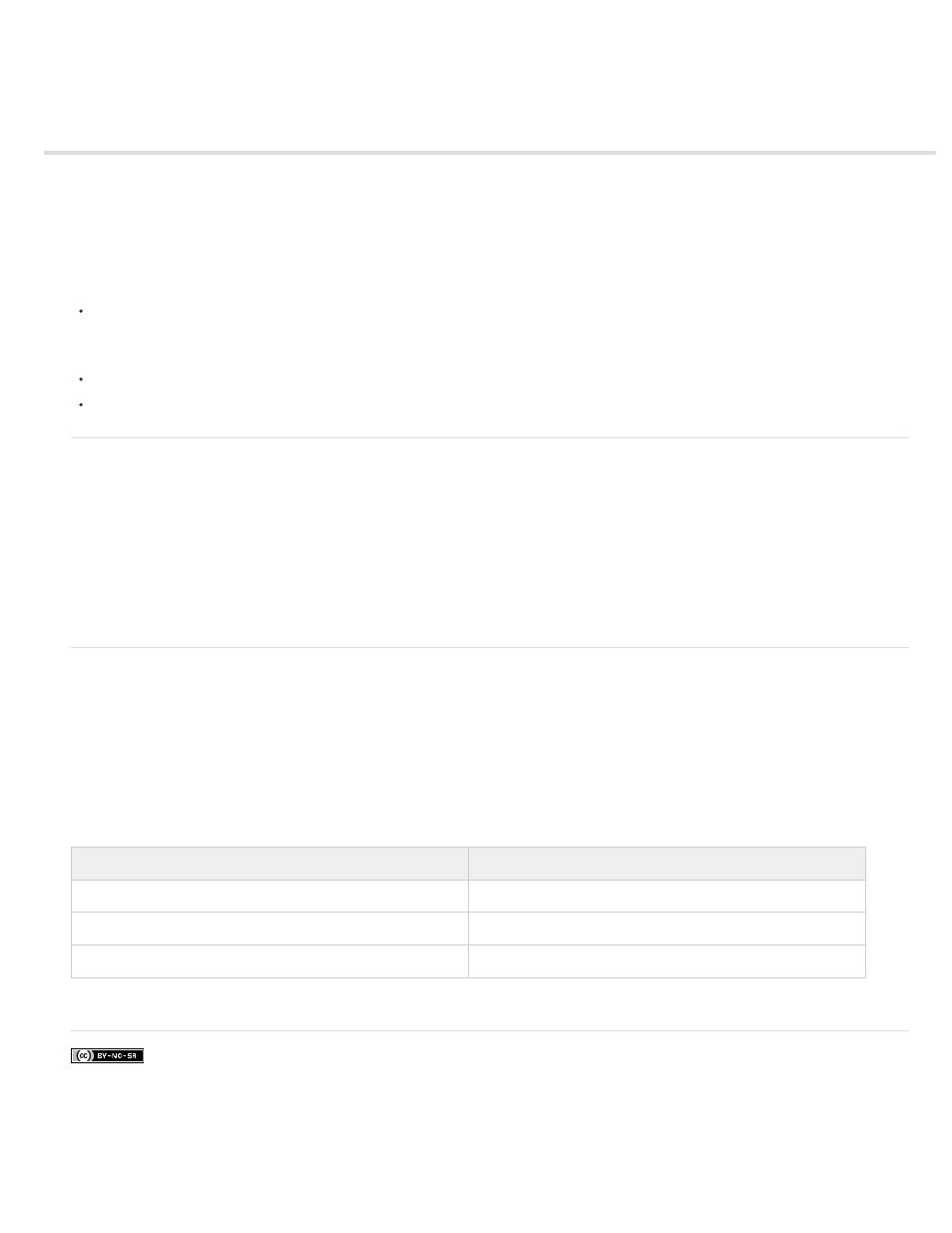Viewing live data, Provide the page with live data in live view, Troubleshooting live data in live view – Adobe Dreamweaver CC 2014 v.13 User Manual
Page 509

Viewing live data
Provide the page with live data in Live view
Troubleshooting live data in Live view
Note: The user interface has been simplified in Dreamweaver CC and later. As a result, you may not find some of the options described in this
article in Dreamweaver CC and later. For more information, see
.
The View Live Data feature has been deprecated as of Dreamweaver CS5. It has been replaced by the more streamlined Live view feature.
To view live data in Live view, make sure that you have done the following:
Define a folder to process dynamic pages (for example, a root folder on a ColdFusion server, either on your computer or on a remote
machine).
If the page displays an error message when you enter Live View, make sure the Web URL in the Site Definition dialog box is correct.
Copy related files (if any) to the folder.
Provide the page with any parameters a user would normally provide.
Provide the page with live data in Live view
1. Open the Live View Settings dialog box (View > Live View Options > HTTP Request Settings).
2. In the URL Request area, click the Plus (+) button and enter a parameter your page expects.
3. Specify a name and a test value for each parameter.
4. In the Method pop-up menu, select the HTML form method your page expects: POST or GET.
5. To save your settings for the current page, select Save SettingsFor This Document, and click OK.
Note: To save the settings, you must enable Design Notes (File > Design Notes).
Troubleshooting live data in Live view
Many problems viewing live data in Live view can be traced back to missing or incorrect values in the Site Definition dialog box (Site > Edit Sites).
Check the settings for the server that you’ve specified as your testing server. You need to specify a folder capable of processing dynamic pages
where the Site Definition dialog asks for a server folder or root directory. Here’s an example of a suitable server folder if you’re running IIS or PWS
on your hard disk:
C:\Inetpub\wwwroot\myapp\
Verify that the Web URL box specifies a URL that corresponds (maps) to the server folder. For example, if PWS or IIS is running on your local
computer, then the following remote folders have the following Web URLs:
Remote folder
Web URL
C:\Inetpub\wwwroot\
http://localhost/
C:\Inetpub\wwwroot\myapp\
http://localhost/myapp/
C:\Inetpub\wwwroot\fs\planes
http://localhost/fs/planes
More Help topics
502
